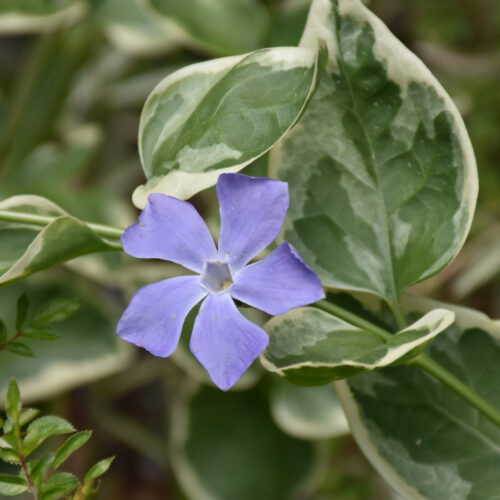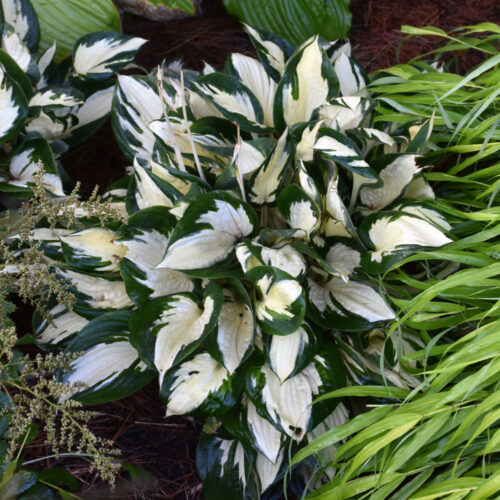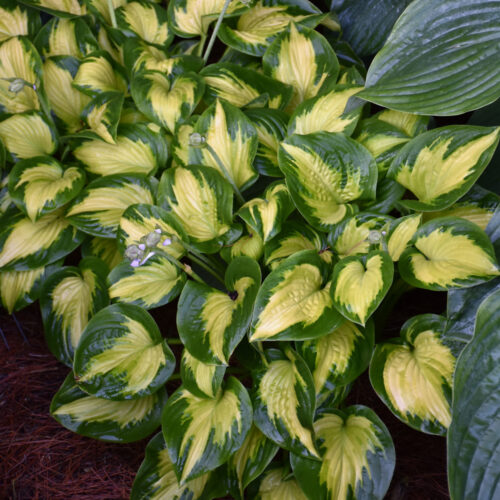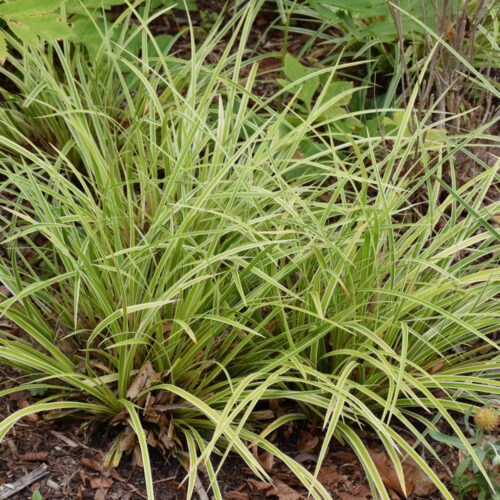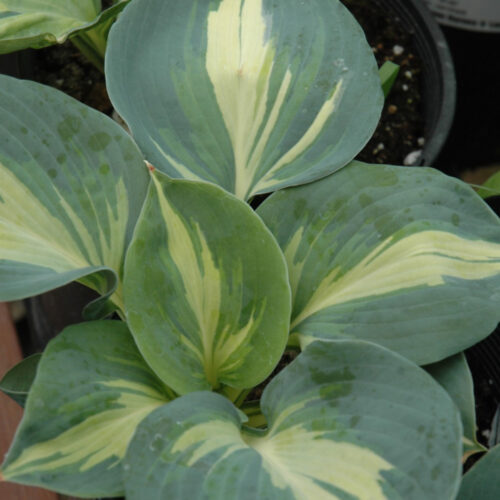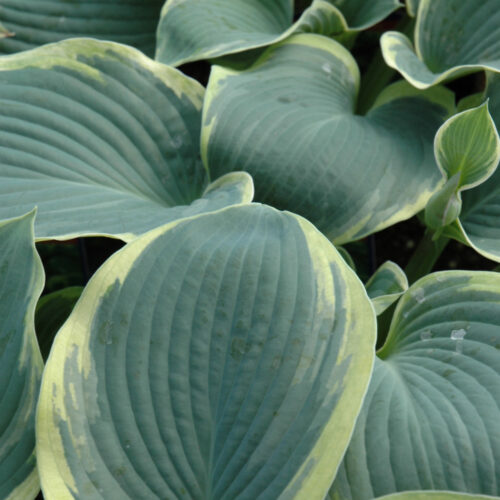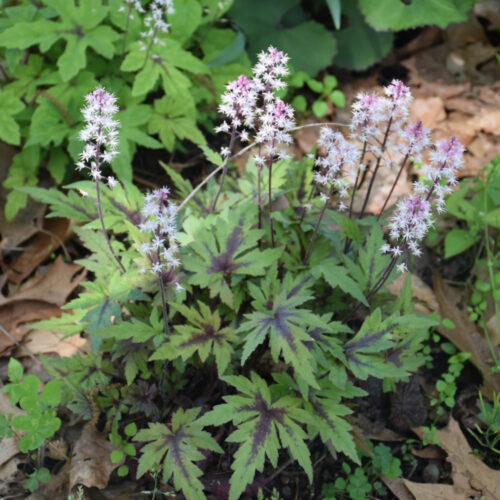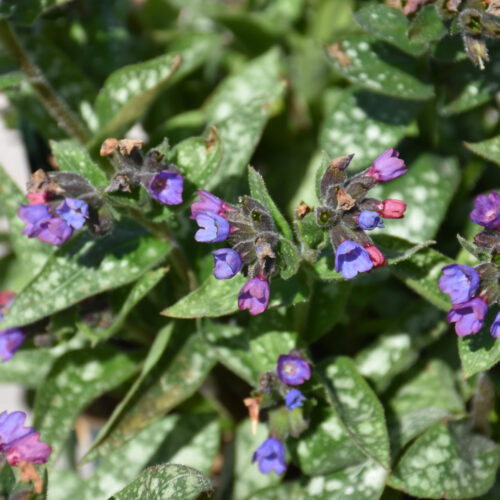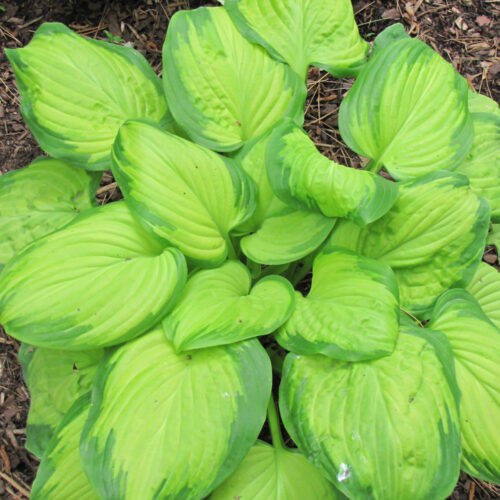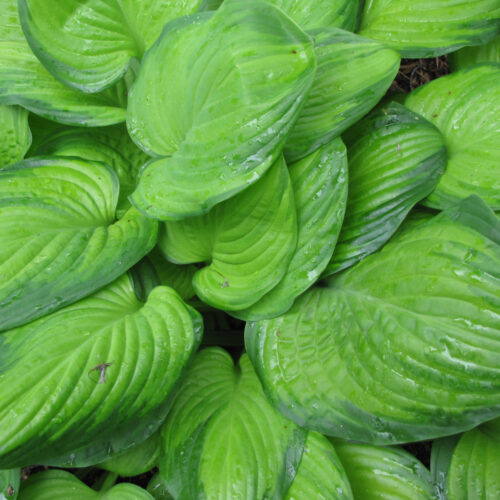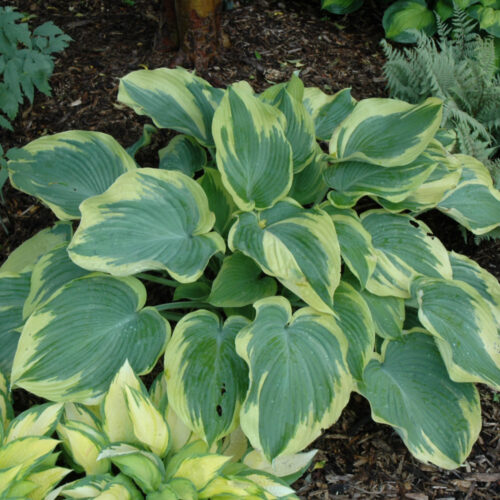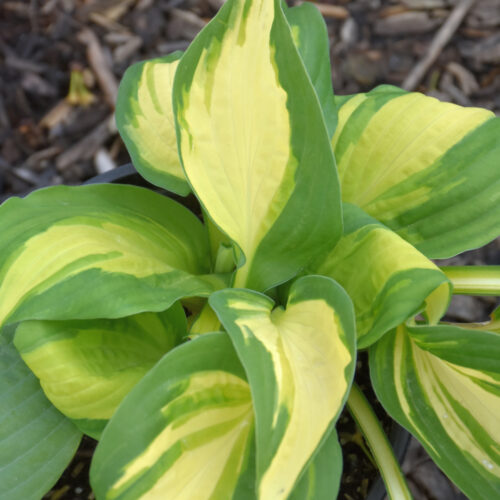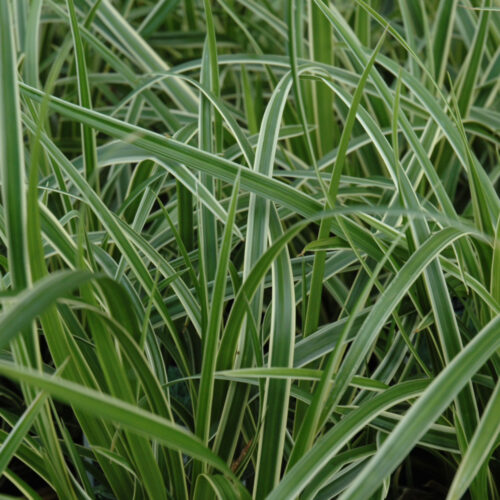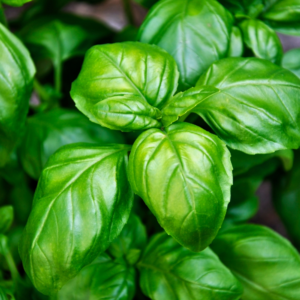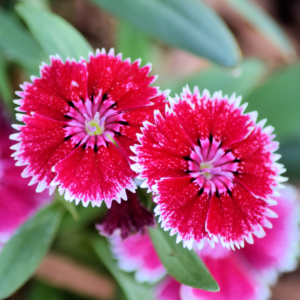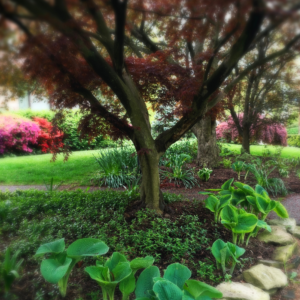In the world of gardening, few plants offer the versatility, beauty, and ease of care quite like hostas. With their lush foliage, diverse colors, and adaptability to various climates, hostas have earned a special place in the hearts of gardeners worldwide. Whether you’re a seasoned green thumb or just beginning your gardening journey, exploring the enchanting realm of hostas can be a delightful adventure.
Unveiling the Hosta Magic
Hostas, members of the genus Hosta, are perennial plants native to East Asia, particularly Japan, China, and Korea. They are prized for their striking foliage, which comes in an array of shapes, sizes, and colors. From the classic blue-green varieties to variegated cultivars with creamy whites and yellows, there’s a hosta to suit every taste and garden design.
What sets hostas apart is their adaptability to different growing conditions. While they thrive in shady spots, many varieties can tolerate varying levels of sunlight, making them versatile additions to gardens with mixed lighting conditions. Their ability to flourish in various soil types further adds to their appeal, although they prefer moist, well-drained soil rich in organic matter.
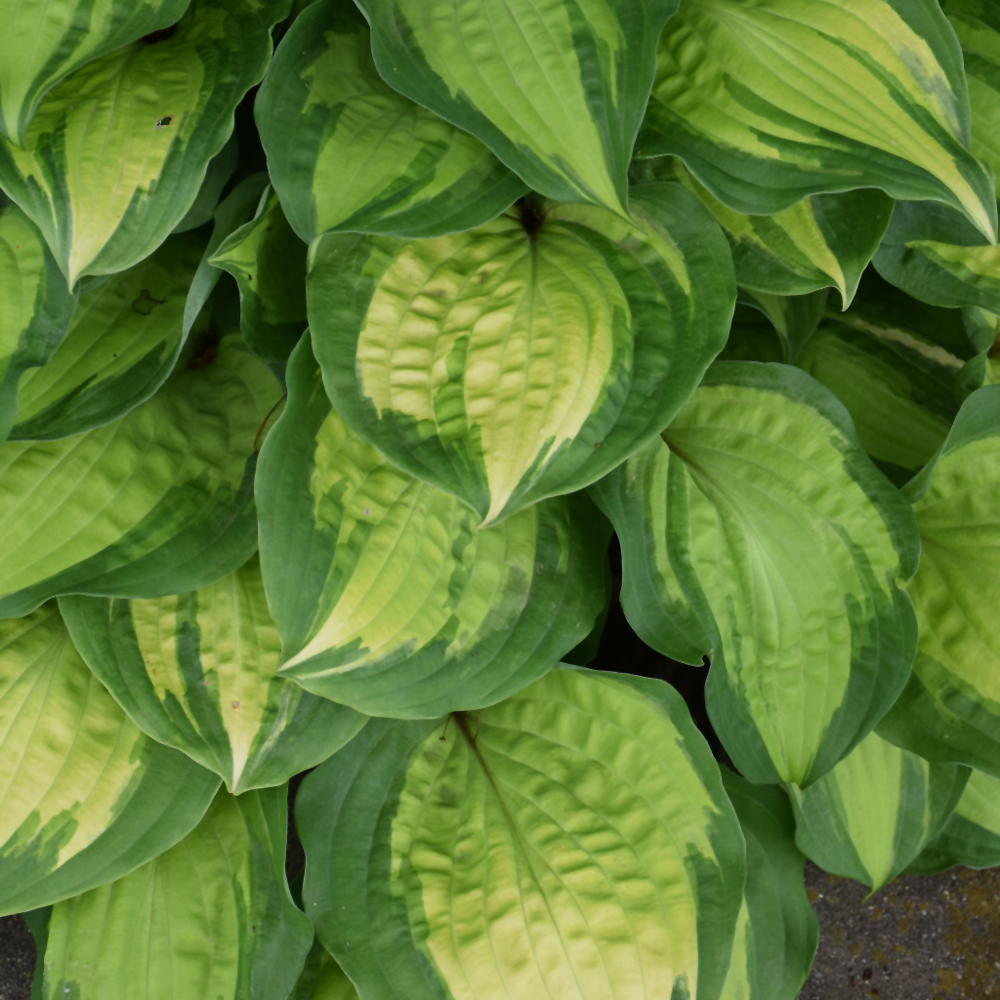
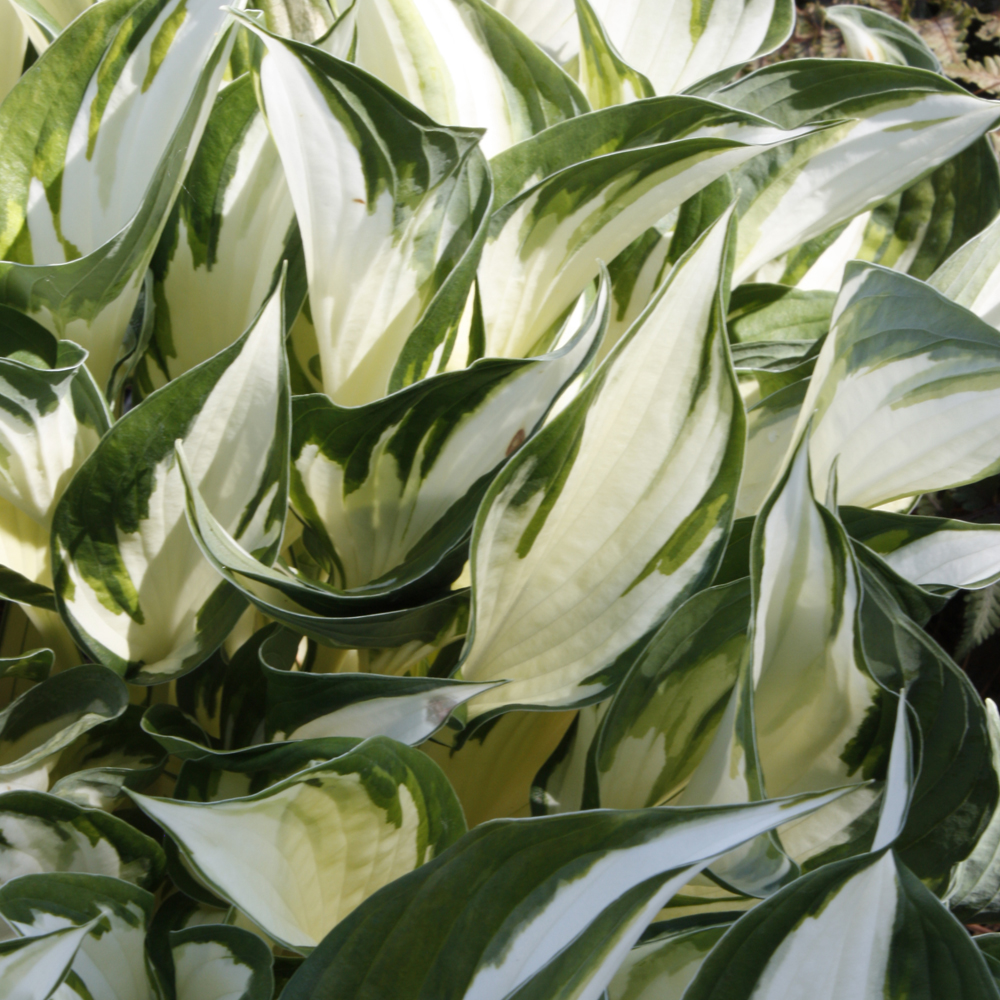
Care Tips for Thriving Hostas
Caring for hostas is relatively straightforward, making them an excellent choice for both novice and experienced gardeners. Here are some essential tips to help your hostas thrive:
Location, Location, Location: Plant hostas in locations with partial to full shade, although some varieties can tolerate more sunlight. Ensure the soil is well-drained and rich in organic matter.
Watering: Keep the soil consistently moist, especially during hot, dry periods. Water hostas deeply but avoid waterlogging, as excessive moisture can lead to root rot.
Mulching: Apply a layer of organic mulch, such as shredded bark or compost, around the base of hostas to help retain soil moisture, suppress weeds, and regulate soil temperature.
Fertilization: Feed hostas with a balanced, slow-release fertilizer in early spring before new growth emerges. Avoid over-fertilizing, as it can lead to excessive leaf growth at the expense of flowering.
Division: Hostas benefit from division every few years to rejuvenate crowded clumps and maintain vigor. Divide plants in early spring or late summer, replanting divisions in suitable locations with fresh soil.
Pest and Disease Management: While hostas are relatively pest and disease-resistant, they can occasionally fall prey to slugs, snails, and certain fungal infections. Implement cultural practices such as proper sanitation and slug deterrents to minimize these issues.
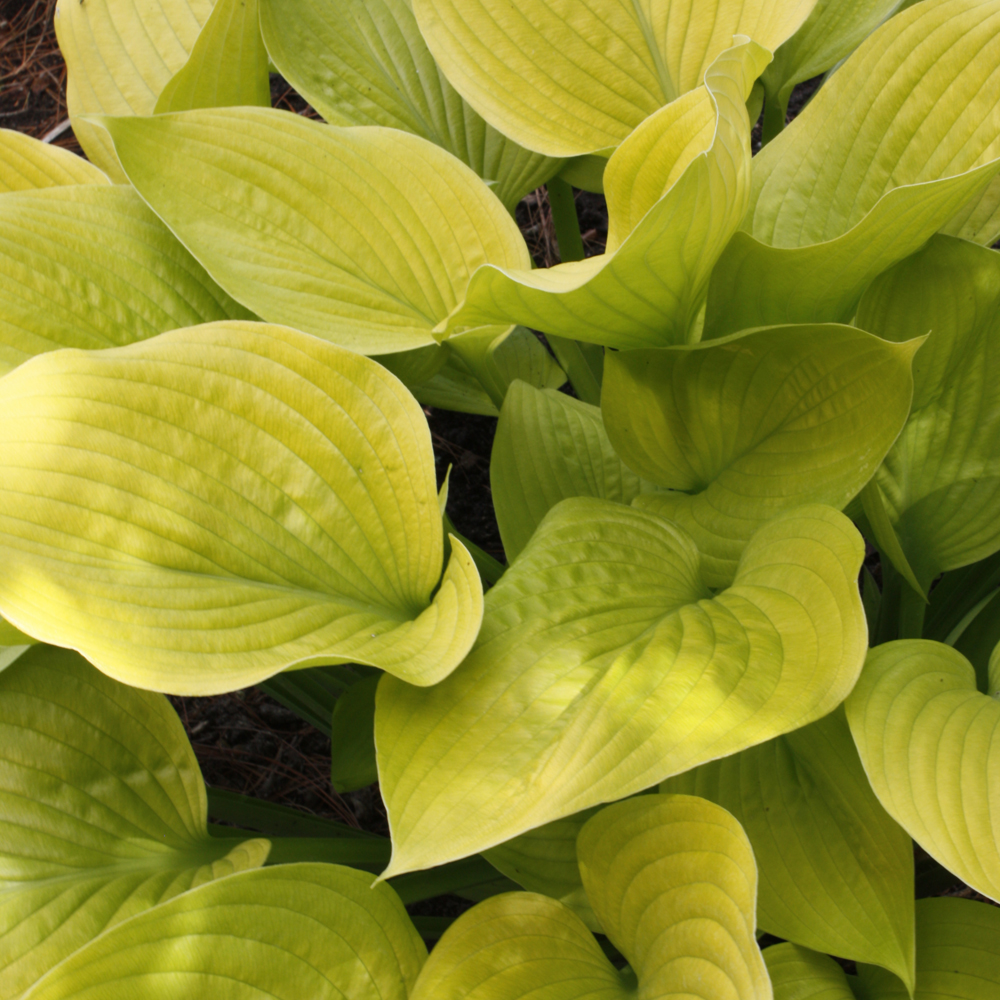
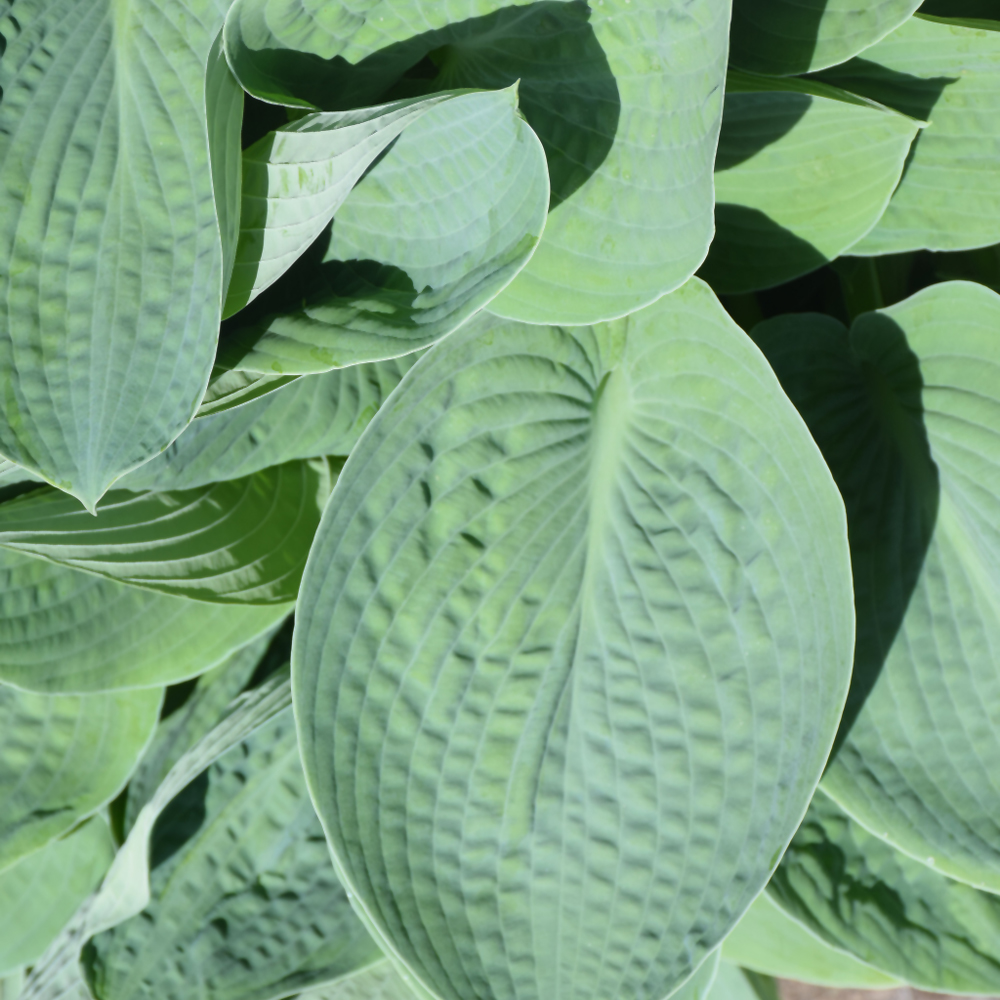
What Makes Hostas Unique?
Beyond their ease of care and aesthetic appeal, hostas possess several unique features that endear them to gardeners:
Versatile Foliage: Hostas showcase an incredible diversity of foliage, ranging from heart-shaped to lanceolate leaves and encompassing an extensive palette of colors and patterns. This variety allows for endless creative possibilities in garden design, whether used as focal points, ground covers, or border plants.
Seasonal Interest: While hostas are primarily valued for their foliage, many varieties also produce delicate, often fragrant flowers in summer. Though not as showy as their leaves, these blooms add another layer of visual interest to the garden and attract pollinators like bees and butterflies.
Texture and Form: The texture and form of hosta leaves vary widely, with some cultivars boasting smooth, glossy surfaces while others exhibit puckered or corrugated textures. These tactile qualities contribute to the overall sensory experience of gardening and lend character to hosta displays.
Shade Tolerance: In a garden landscape often dominated by sun-loving plants, hostas shine as champions of shade. Their ability to thrive in low-light conditions makes them invaluable for adding color and structure to areas with limited sunlight, such as beneath trees or along north-facing borders.
In conclusion, hostas captivate gardeners with their enchanting foliage, adaptability, and ease of care. Whether utilized as accents in shade gardens or featured prominently in mixed borders, these versatile perennials never fail to leave a lasting impression. By providing the proper care and attention, you can unlock the full potential of hostas and enjoy their beauty for years to come.
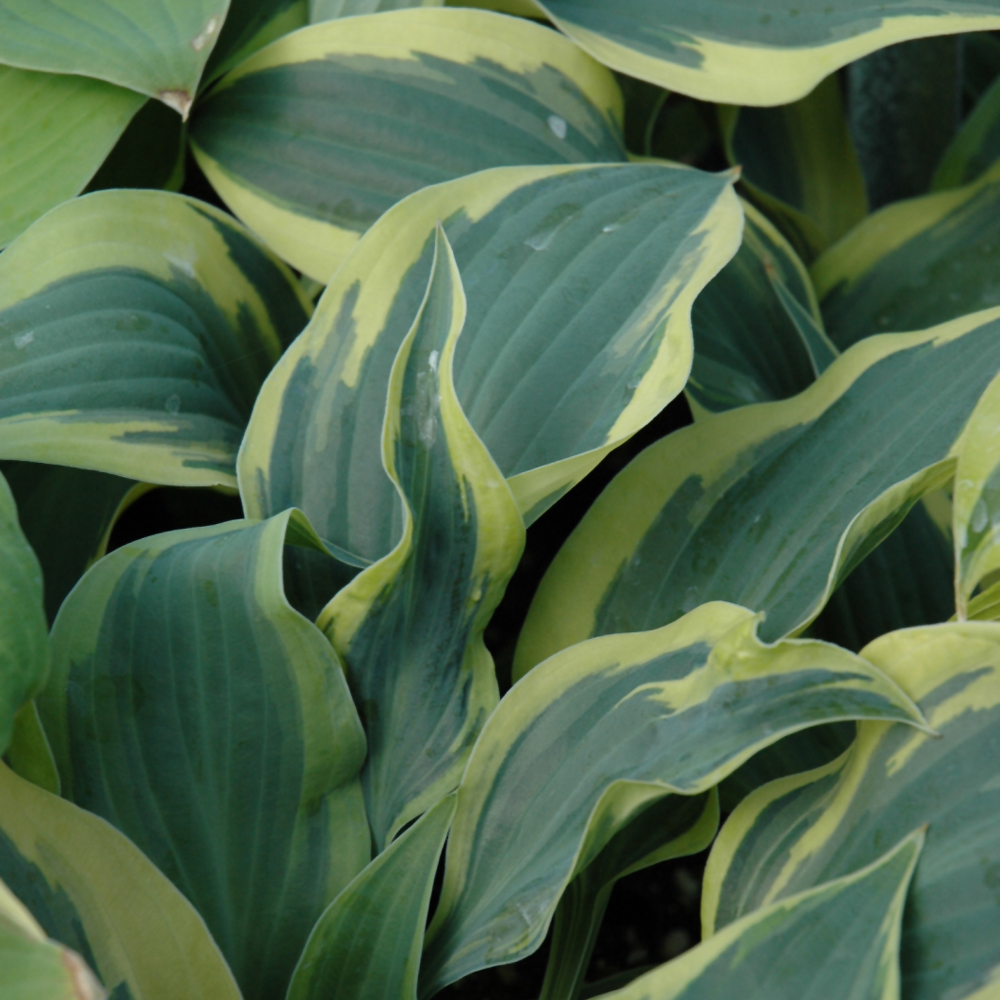
Shop Our Huge Selection Of Shade Perennials:
-
Proven Winners Variegated Periwinkle 4″$5.99
-
Fire and Ice Hosta, 1 Gal.$31.99
-
Shadowland? Etched Glass Hosta, 1 Gal.$39.99
-
EverColor® Everglow Sedge, 2 Gal$39.99
-
Dream Queen Hosta, 1 Gal.$31.99
-
American Halo Hosta, 1 Gal$31.99
-
Proven Winners? Cutting Edge Foamflower, 1 Gal$31.99
-
Proven Winners? Spot On Lungwort, 1 Gal$31.99
-
Stained Glass Hosta, 1 Gal$29.99
-
Guacamole Hosta, 1 Gal$29.99
-
Frances Williams Hosta, 1 Gal$29.99
-
Earth Angel Hosta, 1 Gal$34.99
-
Hosta Color Festival, 1 Gal$31.99
-
Ice Dance Sedge, 1 Gal$29.99
-
Evergold Variegated Japanese Sedge, 1 Gal$29.99
More Recent Posts
Portulaca: The Underrated Jewel of the Garden
Shop Portulaca on ShipMyPlants.com
Unveiling the Charm of Phlox
Pink Garden Phlox
10 Plants That Act as Mosquito Repellent
Basil is a great mosquito repellent plant.
Dianthus Delights: Perennial Pinks Shine
Imagine a garden where vibrant colors and sweet fragrances waft through the air — this is the magic that Dianthus, commonly known as pinks, brings to any outdoor space. Easy to grow and bursting with charm, Pinks varieties are the perfect addition to make your garden pop. Let’s dive into the joyful world of these…
Embrace the Shade: 10 Plants Thriving Under Trees!
Hey there, green thumbs and nature enthusiasts! Are you facing the challenge of gardening in the shade? Fear not! Instead of seeing those leafy giants overhead as a hindrance, let’s turn them into opportunities. Yes, we’re talking about planting beneath trees! While some might think that the shade beneath trees spells disaster for gardening, there’s…

